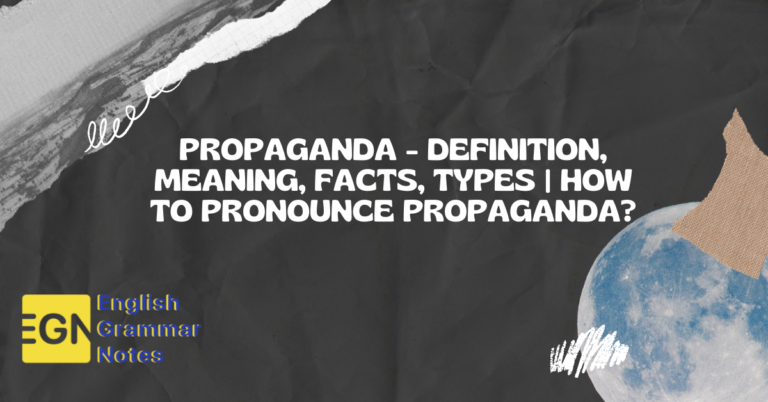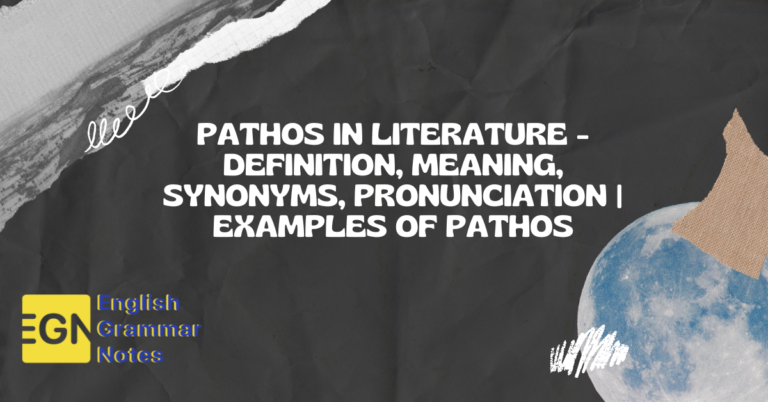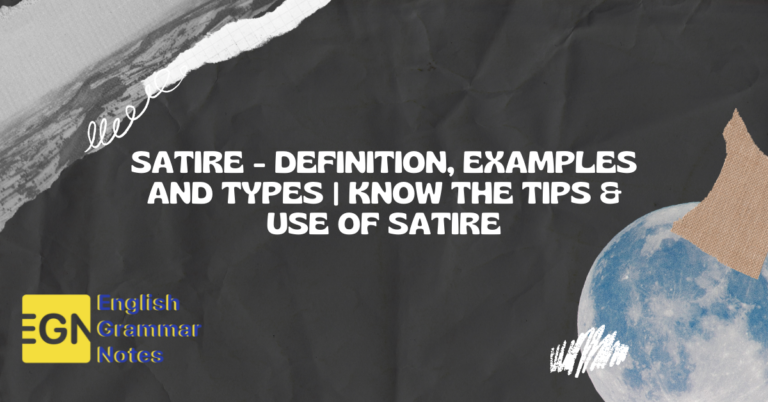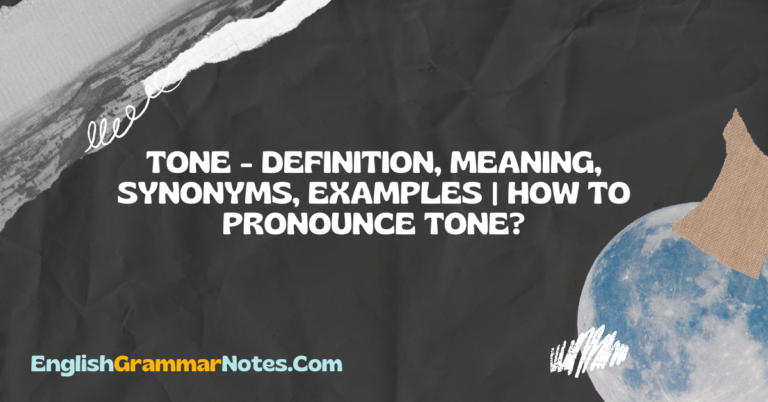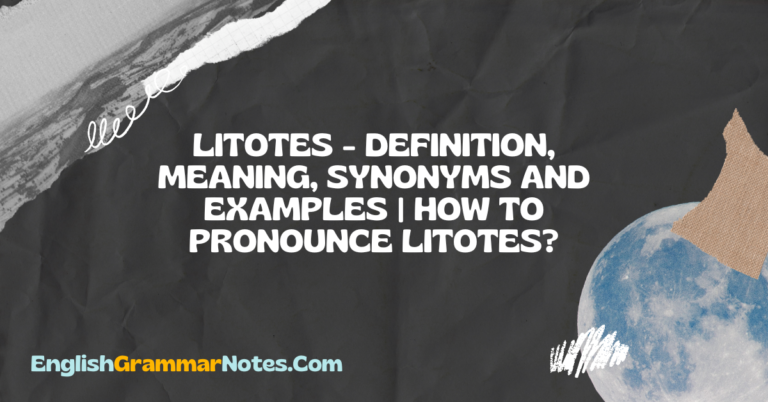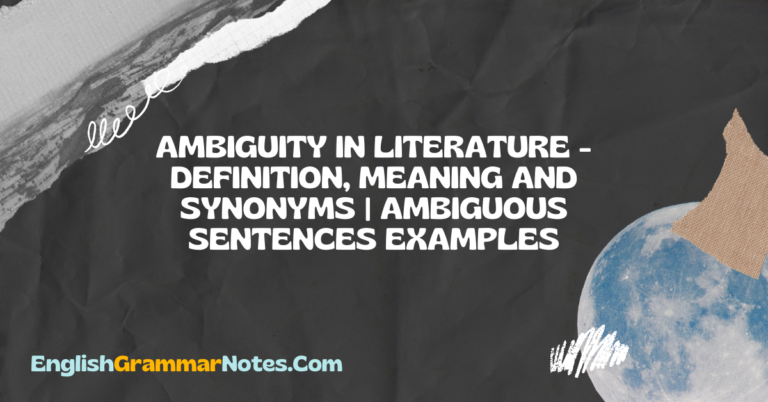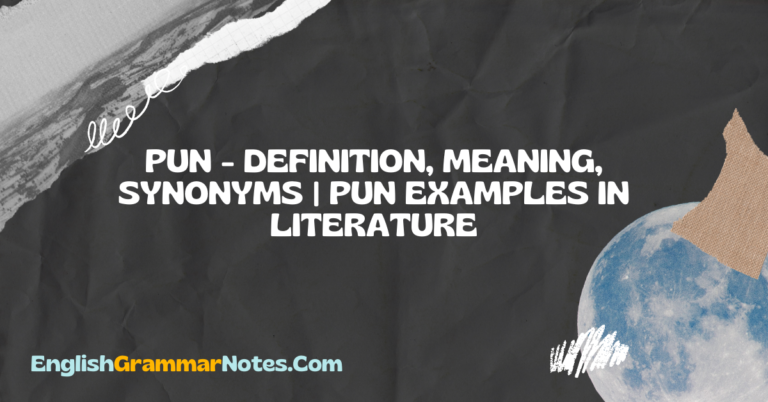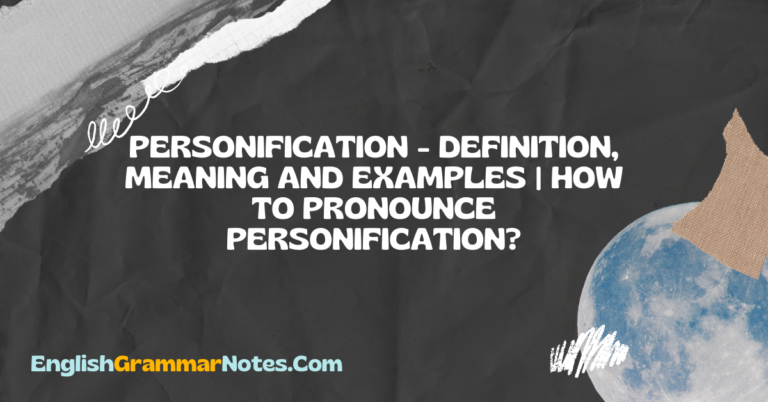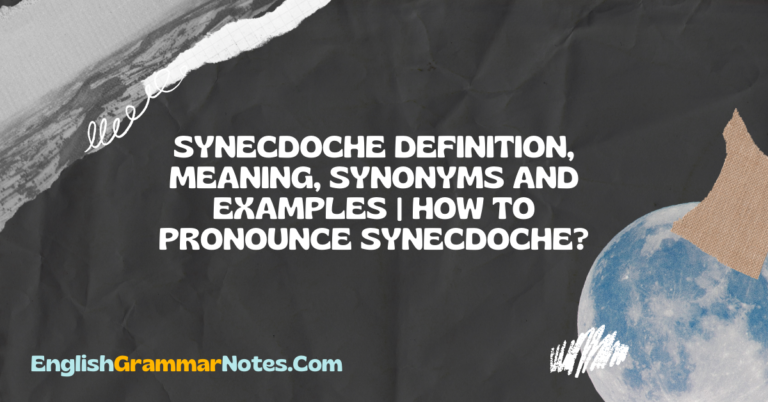Propaganda – Definition, Meaning, Facts, Types | How to Pronounce Propaganda?
Propaganda is a commonly used literary technique to get public opinion for or against an idea. Even though propaganda has a negative connotation, it is often used in literature to appeal to the emotions of the readers. In this article, you will be introduced to all the essential information about propaganda including its definition, common techniques, its significance, types etc. What is Propaganda? Types of Propaganda | Propaganda Techniques Propaganda Examples in Literature Importance of Propaganda What is propaganda? What are some of the commonly used techniques of propaganda? What are the benefits of using propaganda? What do you mean by misquoting propaganda? What is Propaganda? Propaganda refers to any sort of art, media, or literature and promotes a specific political viewpoint. This is done through deception or cheap appeals to emotion. Propaganda is mostly used to attract new converts to the ideology. The term propaganda was originally used by the Catholic Church in the 1600s as a way to “propagate,” the Catholic faith. Types of Propaganda | Propaganda Techniques Propaganda can be employed through various means. Given below are some of these: Use of Emotions: Most of propaganda techniques make use of emotions such as pity, patriotism, etc. Xenophobia: …
